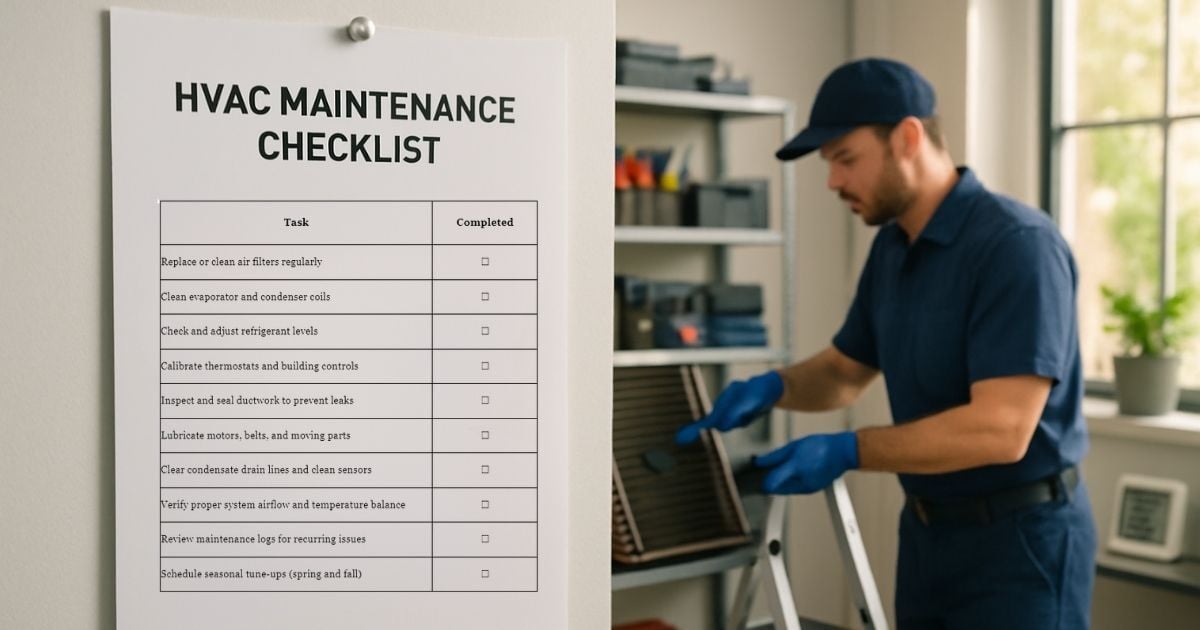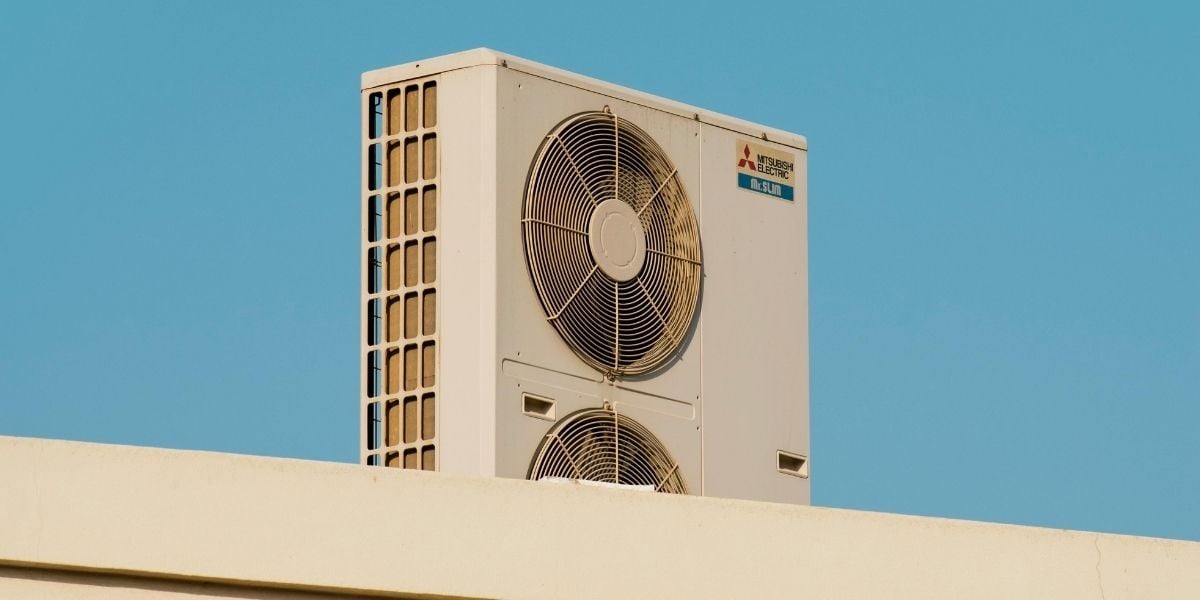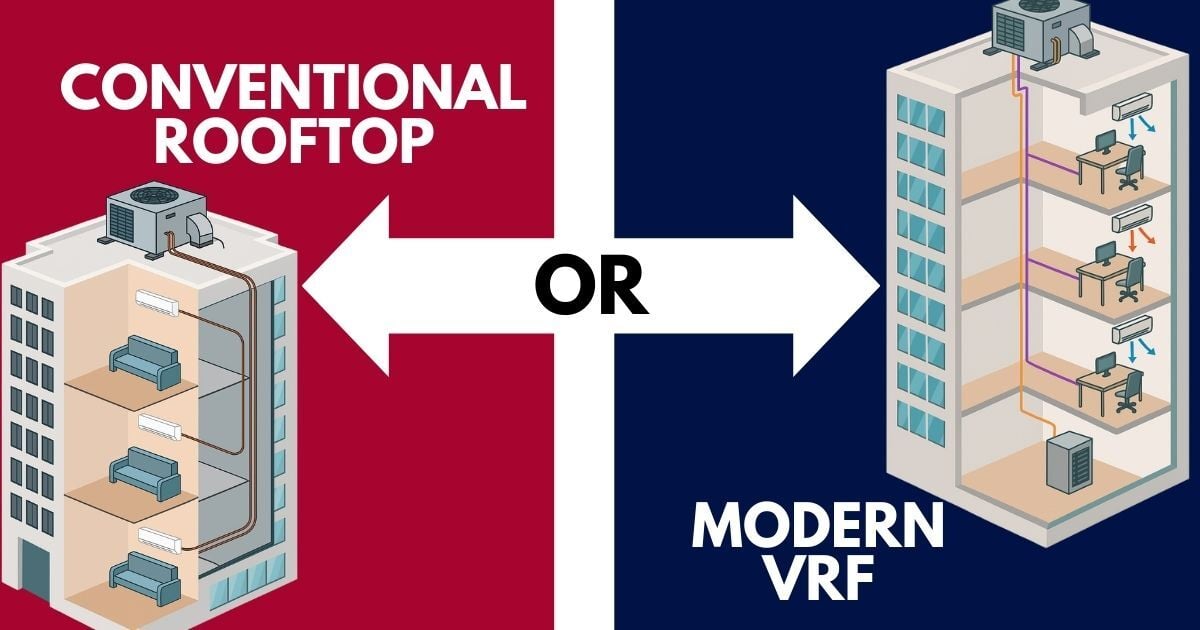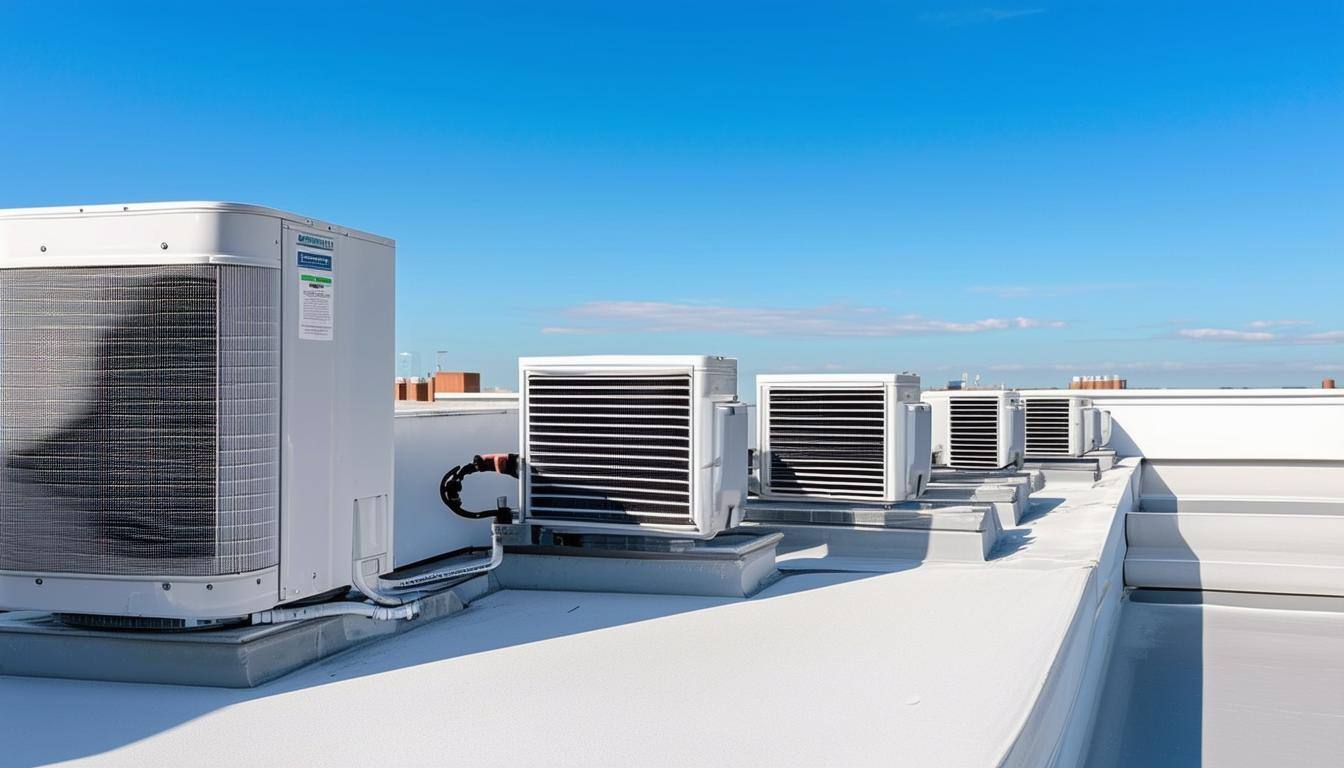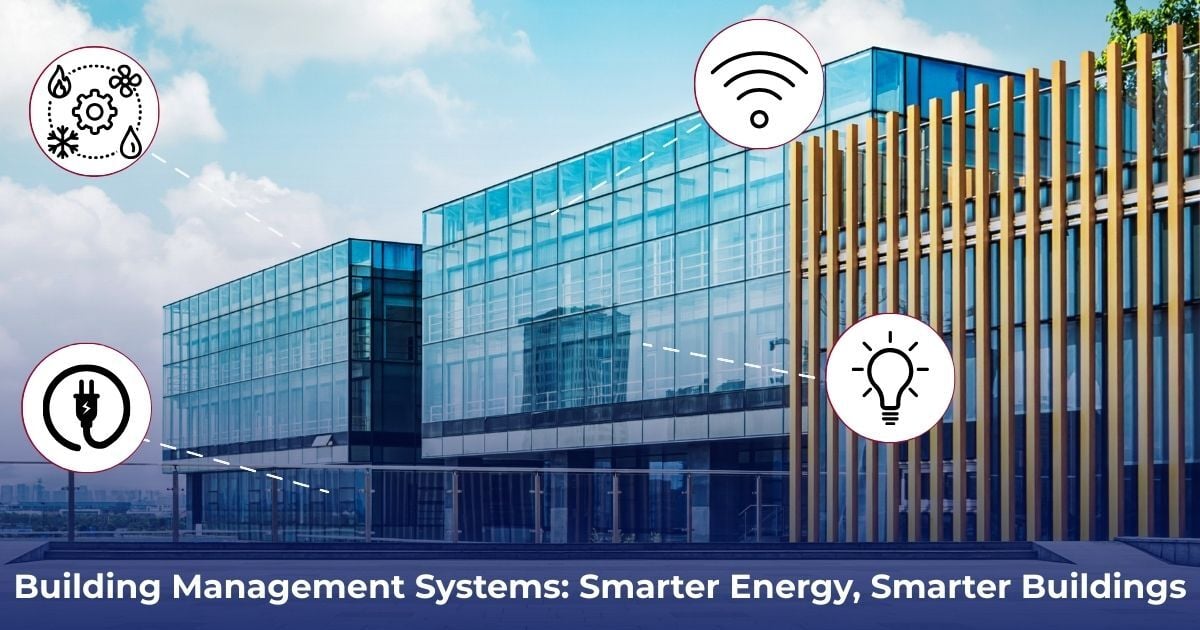What to Know before Renovating your School
September 1st, 2025
5 min read
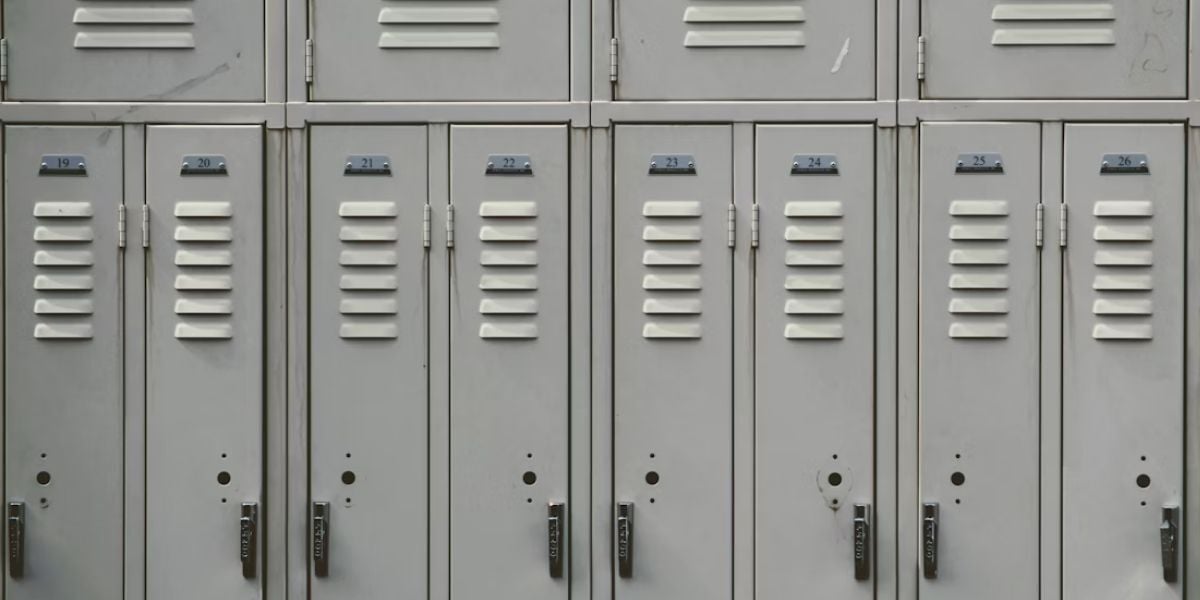
Renovating a school is a big step. It can bring exciting changes like better classrooms, new technology, safer systems, and a fresher look. But behind all the new paint and furniture are complex systems, plumbing, HVAC, and electrical, that keep the school running every day.
If these details aren’t carefully planned, a renovation can quickly turn stressful. Projects can run late, go over budget, or leave you with systems that don’t meet the needs of your students and staff.
At Harold Brothers Mechanical, we’ve helped schools across the region navigate these challenges. Our team understands the unique demands of working in educational buildings, whether that’s upgrading HVAC units over a short summer window, replacing outdated plumbing, or coordinating electrical work around the school calendar. With the right partner, the technical side of a renovation doesn’t have to be overwhelming.
Before you begin, it’s important to understand the technical pieces that make school renovations successful. In this article, we’ll walk through the most important things to think about, from mechanical systems to timelines, so you can plan with confidence.
Upgrading School HVAC Systems During Renovation: What You Need to Know
Most schools rely heavily on their HVAC system to keep classrooms comfortable. Renovating without addressing HVAC is a missed opportunity.
Older systems may struggle to handle today’s demands, especially with rising expectations for indoor air quality. Modern HVAC systems not only heat and cool but also filter the air, control humidity, and improve energy efficiency.
When planning a renovation, ask:
- Does our current system have the capacity to support new spaces or technology?
- Will we need new ductwork, air handlers, or rooftop units?
- Should we consider more energy-efficient systems to reduce long-term costs?
Keep in mind that HVAC work often requires shutting down large areas of the building. That means timing the project around school breaks or using temporary trailers for classrooms if work extends into the school year.
Which Plumbing Systems Need Upgrading During a School Renovation?
Plumbing may not be the first thing that comes to mind in a renovation, but it’s one of the most disruptive systems to repair once walls are finished. If your school experiences frequent leaks, low water pressure, or outdated piping, now is the time to make the necessary renovations.
Consider whether your renovation includes:
- Replacing old pipes with modern, longer-lasting materials.
- Upgrading restrooms to meet ADA accessibility standards.
- Installing low-flow fixtures to save water and cut utility bills.
- Expanding systems to handle increased student capacity.
Remember: plumbing work almost always requires the water supply to be shut off, so planning around student schedules is key.
How Do You Upgrade Electrical Systems in an Older School Building?
Today’s classrooms use more electricity than ever before, with smartboards, laptops, charging stations, projectors, security systems, and more. Many older schools weren’t designed for this level of demand.
Before a renovation, check whether your electrical system can keep up. You may need:
- A full-service upgrade with a new main panel.
- Additional circuits and outlets in classrooms.
- New wiring to support technology and security systems.
- Upgraded lighting for efficiency and visibility.
Electrical upgrades are disruptive, but failing to include them during a renovation will only cause headaches later. It’s easier (and cheaper) to plan for them now rather than trying to retrofit after construction is complete.
Managing Asbestos, Lead, and Mold in School Renovations
One of the biggest surprises during school renovations comes when hidden hazards are discovered. Older buildings often contain asbestos, lead paint, or mold. These materials require professional remediation before construction can continue.
Testing for hazards before demolition begins can prevent costly delays. If remediation is needed, make sure it’s part of your renovation plan and budget. Ignoring this step can not only slow the project but also put students and staff at risk.
How to Plan Renovation Timelines Around the Academic Calendar
Renovations don’t happen overnight. Some projects can be completed in a few weeks, while others may take months or even years.
The school calendar plays a huge role in deciding when to schedule work. Summer is the most popular time because buildings are empty, but for large projects, summer alone may not be enough.
That’s why schools often rely on phased timelines. For example:
- Summer: major demolition and system upgrades.
- Winter or spring break: finish plumbing or electrical in sections.
- After-hours or weekends: work in specific wings or classrooms.
If the project can’t be finished before students return, you may need to bring in temporary trailers for classrooms, offices, or cafeterias. Planning for this ahead of time avoids last-minute scrambles.
How Much Should You Budget for a School Renovation Project?
Renovations are expensive. Even with careful planning, costs can rise as unexpected problems appear. That’s why setting a realistic budget is critical.
Your budget should include:
- Construction and labor costs
- Design and architectural fees
- Permits and inspections
- Remediation if needed
- Temporary trailers or swing spaces
- Furniture and technology upgrades
It’s also wise to build in a contingency, extra funds for the “unknowns” that always come up in older buildings. Many schools plan for an additional 10–15% to cover surprises.
Using Portable Classrooms: What to Consider
If the renovation will take part of the school out of service, you’ll need to plan for where students and staff will go. Portable classrooms or office trailers can provide temporary space, but they need to be planned in advance.
Things to consider include:
- Utility hookups (power, water, internet)
- Accessibility for all students
- Safety and security around the trailers
- Traffic flow for drop-off and pick-up
Though trailers are not ideal long-term, they allow schools to continue operating while renovations move forward.
Communicating School Renovation Plans With Staff and Parents
Renovations affect the entire school community. Parents want to know how their children will be impacted. Teachers need to prepare for classroom moves. Students need reassurance about safety and routine.
Clear communication is key. Share updates about timelines, safety precautions, and any changes to schedules or classroom locations. Use newsletters, school websites, or social media to keep families informed. The more proactive you are, the more supportive your community will be—even during disruptions.
Choosing the Right Contractor
The technical complexity of plumbing, HVAC, electrical, and remediation makes it vital to choose the right contractor. Not every construction company has experience working in schools.
When selecting a partner, look for:
- Experience with educational buildings
- A strong safety record
- Ability to work around the school calendar
- Clear communication skills
- References from other schools
The right contractor will help guide you through planning, permits, and construction while keeping the project on schedule and within budget.
Next Steps: Start Your School Renovation the Right Way
If you’re considering a renovation, don’t wait until the last minute. Start now by:
- Reviewing your building systems with a professional assessment.
- Testing for hazards like asbestos, lead, or mold.
- Meeting with administrators and staff to gather input.
- Mapping your renovation goals against the school calendar.
- Setting a realistic budget with room for surprises.
Taking these steps early helps avoid problems down the road and ensures your project runs as smoothly as possible.
School Renovations: Why Planning Infrastructure Matters More Than Paint
Renovating a school isn’t just about fresh paint and updated furniture. It’s about upgrading the systems behind the walls, HVAC, plumbing, electrical, that make learning possible every day.
By thinking about remediation, budgetary constraints, timelines, and temporary spaces before the project begins, you’ll avoid costly delays and safety risks. With careful planning, clear communication, and the right contractor, your renovation will create a safe, modern, and efficient school environment where students and staff can thrive.
At Harold Brothers, we’ve seen firsthand how complex school infrastructure renovations can be. With decades of experience in mechanical contracting and deep roots in educational projects, we help schools turn outdated systems into future-ready solutions.
Now that you understand what goes into a successful school renovation, explore our guide to the Best Commercial Plumbing Upgrades for Schools to help prioritize the systems that make the biggest impact.
FAQ:
1. When is the best time to start planning a school renovation?
Ideally, planning should begin 12–18 months before construction. This allows time for assessments, budgeting, permits, design, and contractor selection, especially if you plan to complete major upgrades during a short summer break.
2. What electrical upgrades should we consider during renovation?
Modern classrooms demand more power than older systems can handle. Common upgrades include new wiring, additional outlets, main service upgrades, and better lighting for visibility and energy efficiency.
3. What should we budget for a school renovation?
Budgets vary widely by size and scope, but you should include costs for labor, materials, architectural design, permits, remediation (if needed), and temporary swing spaces. It’s also wise to add 10–15% contingency funds for unexpected issues.
4. How do we keep the school running during a renovation?
Most schools use portable classrooms or phased construction schedules to continue operating. Summer is the most efficient time, but larger renovations may require off-hour work or temporary relocations during the school year.
John Flaherty is the Senior Director of Business Development at Harold Brothers Mechanical, where he plays a key role in fostering client relationships and driving strategic growth. With nearly two decades of experience holding a real estate license, John brings a deep understanding of business development and market dynamics to his role. Before joining Harold Brothers, John dedicated 15 years to education administration at Boston College High School, where he helped shape institutional advancement efforts. A proud alumnus of BC High, he continues to serve on the school's Alumni Advisory Council, strengthening connections within the community. As a contributing author for Harold Brothers Mechanical, John leverages his diverse professional background to provide insightful articles on industry trends, business strategies, and company developments.










